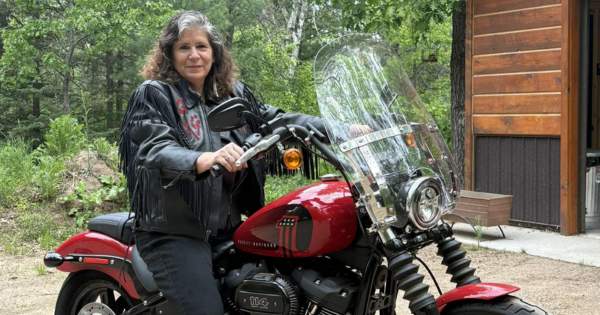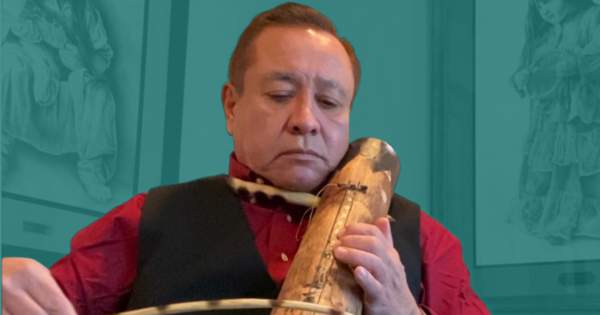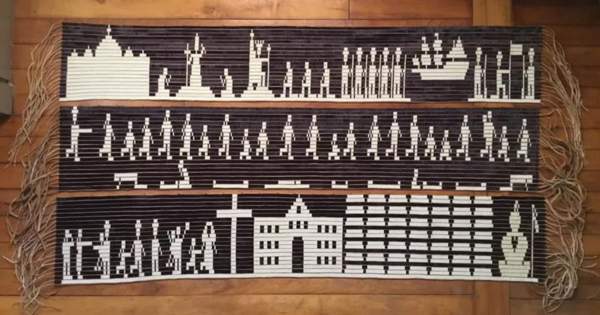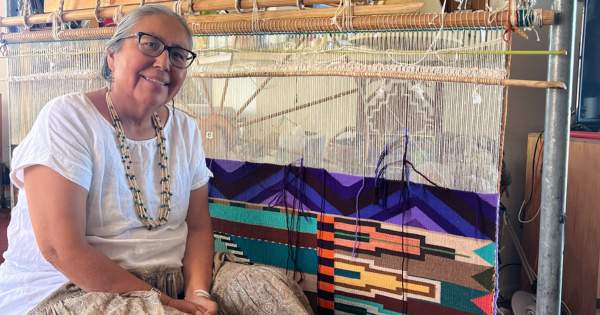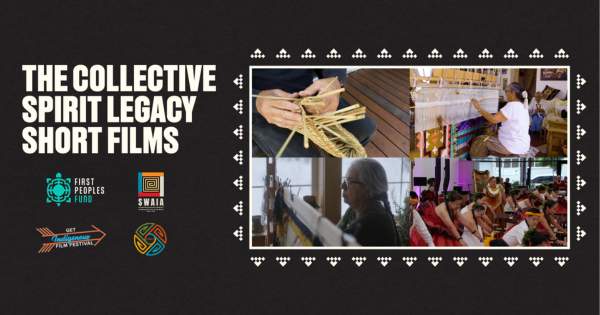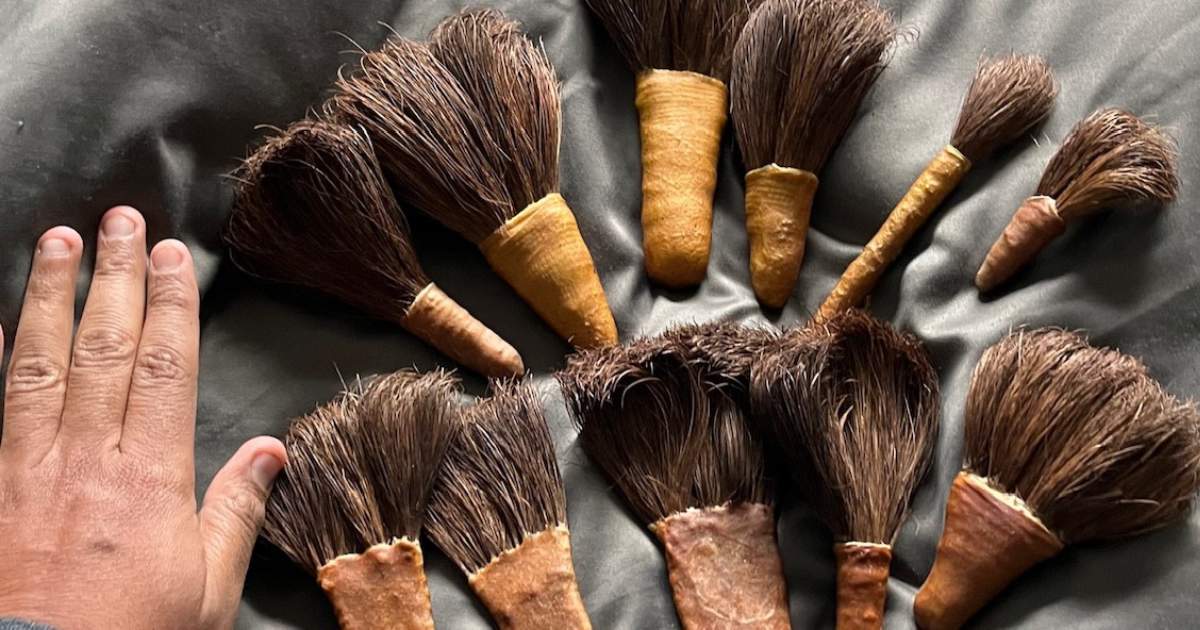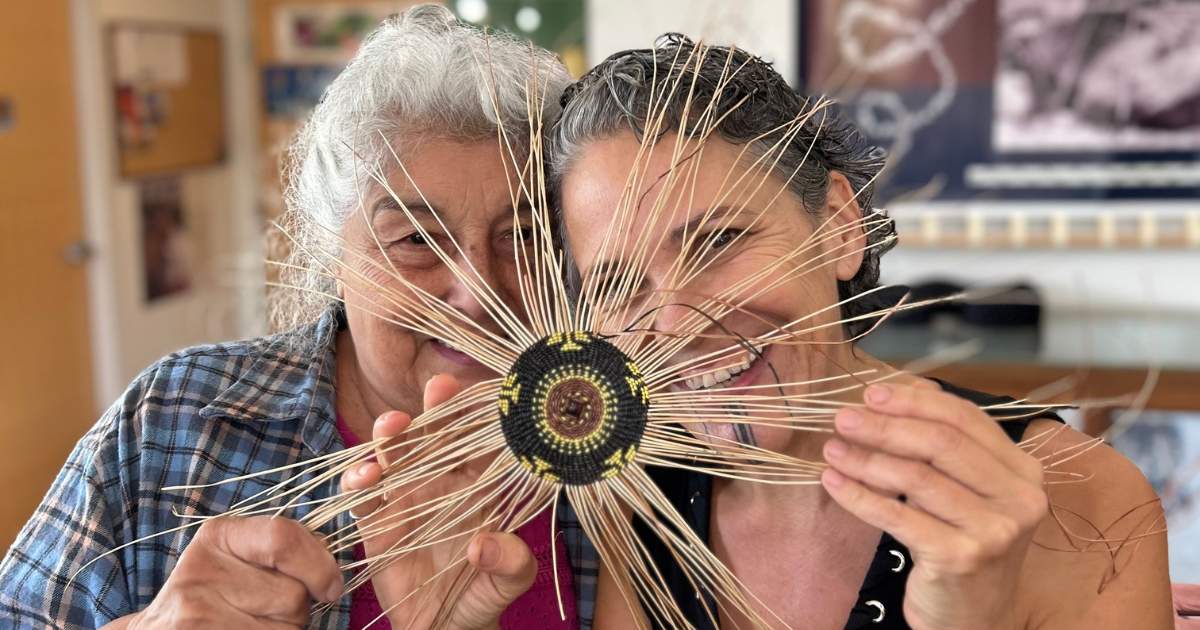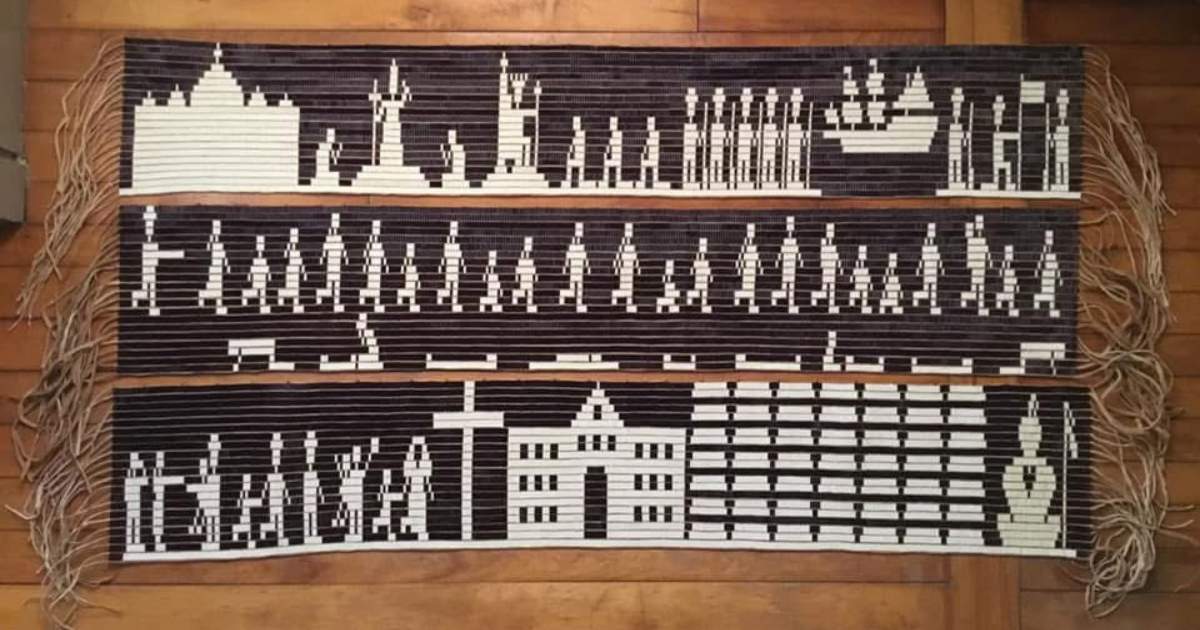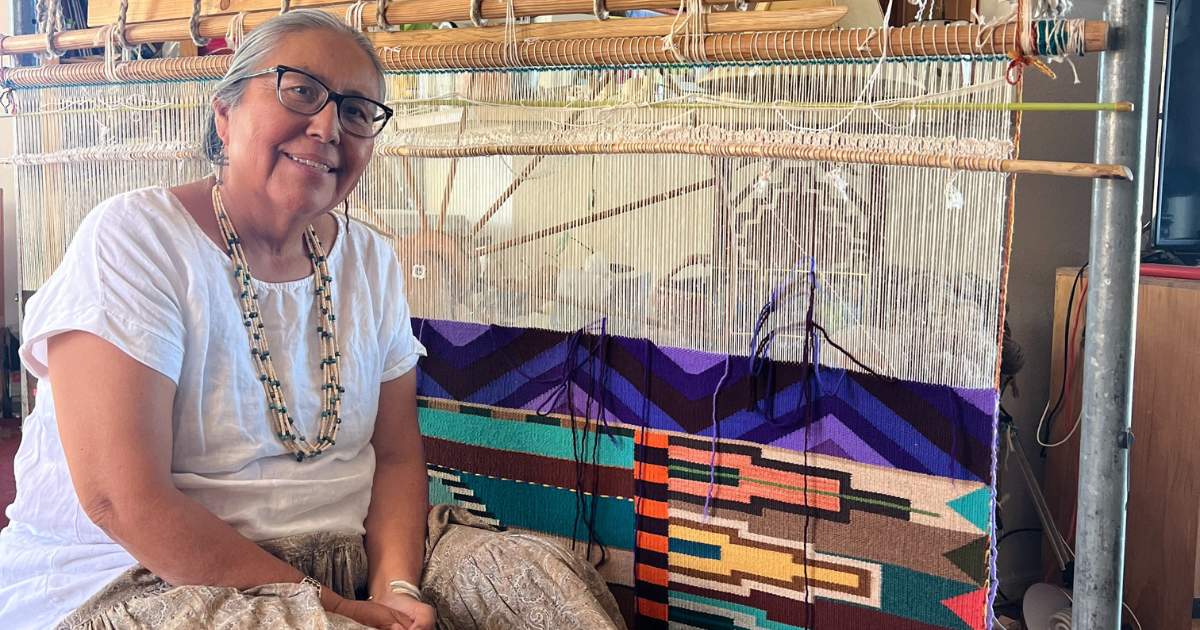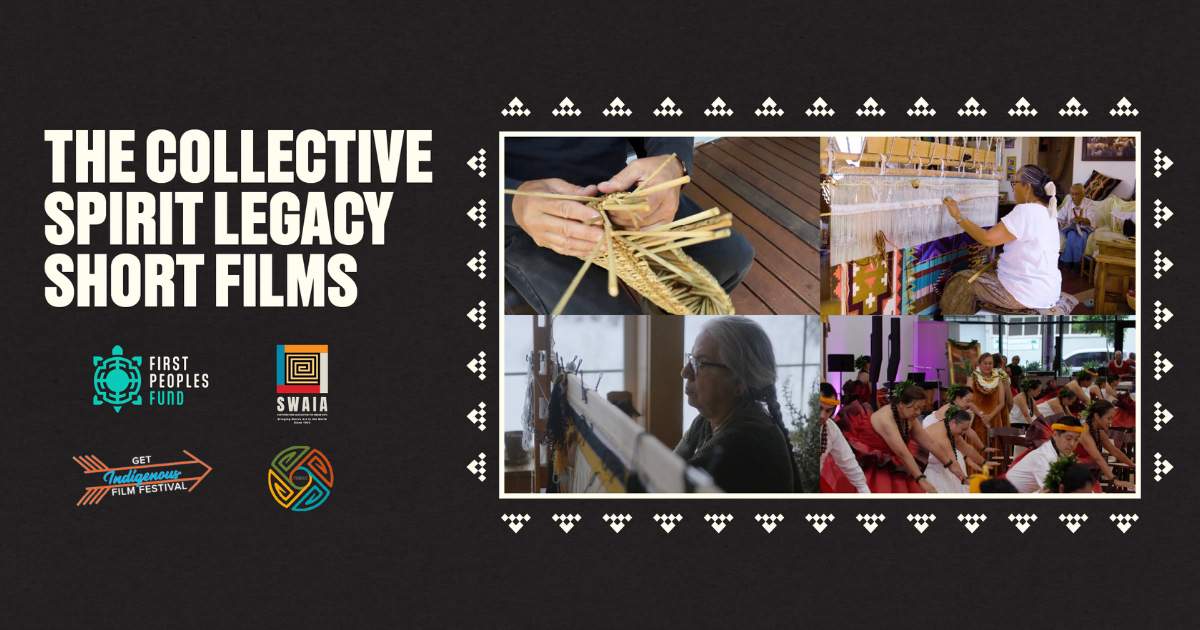
Honoring Our Culture Bearers: The 2019 Jennifer Easton Community Spirit Awards Recipients
By Sarah Elisabeth Sawyer (Choctaw Nation), Artist in Business Leadership Fellow 2015
The Jennifer Easton Community Spirit Awards recognize exceptional Native artists who have shown a lifetime commitment to perpetuating their art and sharing it within their communities. These practicing artists embody First Peoples Fund’s core principles: knowing our history and ourselves; honoring our ancestors and relations; sharing our stories and knowledge.
We are honored to announce the four recipients of the 2019 Community Spirit Awards.
GEORGE MARTIN
TRIBE: Lac Courtes Oreilles Band of Lake Superior Chippewa Indians
Hopkins, Michigan
Use only hardwood ashes when “ashing” the shucked corn kernels. Ashes from softwood, coal, leaves, trash are always taboo because the mandaamin (corn) will never separate from its shell.
These teachings in the ways of processing Indian corn to sustain his people were given to George by elders. In the 1960s, after 10 years in the United States Air Force, George moved his family to his wife’s homeland near Hopkins, Michigan. Her mother, Gladys Sands, who lived with them, was a black ash basket weaver and knew the old ways of preparing Indian corn to eat. George credits Gladys for teaching him the art. He also practices peyote stitch beadwork.
“My wife Sydney and I try to show others to live your culture, every day,” George says. “Being an active elder in my Anishinaabe community shows others to keep going. My kids, grandchildren, and great-grandchildren see me beading every day.”
Tribes throughout the Great Lakes region, as well as colleges and universities, invite George to teach Indian corn making. He was featured on The Cooking Channel’s “My Grandmother’s Ravioli.”
Lisa Linda Lee Tiger (Muscogee [Creek] Nation) nominated George for the Community Spirit Awards to recognize him for his 60+ years as a beadwork artist, culinary artist, storyteller, Men’s Traditional powwow dancer and Head Veteran Dancer, jewelry-maker, and mixed media artist.
“He is a cultural icon, and yet a humble man content to bead, make soup, and share knowledge and stories with his people,” Lisa says.
MISCOBINAYSHII
TRIBE: St. Croix Chippewa Indians of Wisconsin
Luck, Wisconsin
“Every person needs moccasins to wear for all occasions in life and death.” —Miscobinayshii
Melissa Fowler (Lac Courte Orielles, St. Croix Chippewa Indians of Wisconsin) nominated her grandmother-in-law, Miscobinayshii, for the Community Spirit Awards.
“If you have come across the St. Croix Chippewa Indians of Wisconsin, chances are ‘Grandma Misco’ has touched your life in one way or another,” Melissa says.
Miscobinayshii, or Misco as she is known to her friends and relatives, creates beaded moccasins and gifts them to whoever needs a pair.
“My grandmother taught me the art of making moccasins,” Miscobinayshii says. “I’ve been able to pass this on to my daughters and grandchildren.”
Miscobinayshii has taught tribal members and descendants of other Ojibwe bands and communities including ones residing in Canada. Her dream is to one day host a cultural immersion camp within her own tribe. The camp would be a vehicle to empower elders as the influential leaders they were meant to be.
Miscobinayshii’s influence reaches out nationally. Her book “Miskobineshi, a Book of Memoirs,” details the life of Susan Eileen Skinaway (Miscobinayshii’s English name). This book, along with a pair of her hand-made moccasins, is onsite at the Smithsonian Institution’s National Museum of the American Indian in Washington, D.C. In 2018, Miscobinayshii was asked to create moccasins for the Madeline Island Jingle Dress Dancer Project, a 12-foot statue on that island.
Melissa says, “Without her, St. Croix Tribe wouldn’t know many of the stories, history, and language.”
MARGARET NAKAK
TRIBE: Bering Straits
Anchorage, Alaska
They might start out not knowing how to thread a needle, use a sewing machine, or design a traditional garment, but Margaret walks high school students through the process, step by step. They come together after school at the Alaska Native Heritage Center (ANHC) to learn how to craft kuspuq, an outer layer garment sewn from a variety of fabrics.
“They show their kuspuqs to other students, their friends, and families, and post photographs on Facebook,” Margaret says. “They wear their garments with pride.”
An award-winning artist and elder, she passes on traditions and lifeways of her Yupik and Inupiaq people by demonstrating basic sewing survival skills for emergency situations in Alaska’s challenging environment. She hosts an open class on Friday nights at ANHC, a multicultural gathering that represents the rich diversity of Anchorage.
Michael Livingston (Unangax/Chugach) nominated Margaret for the Community Spirit Awards.
“I first met Marge in 1999 when I began building an iqyax [Unangax skin on frame sea kayak] at the Alaska Native Heritage Center,” Michael says. “Marge was very helpful in putting her expertise to quick use in getting the skin sewn onto the kayak, and enlisting involvement from high school students.”
Margaret began sustaining cultural traditions in 1965 and continues strong today. She started work at ANHC in 1999 as a Cultural Representative.
“Marge stands tall as a powerful role model for youth and elders,” Michael says. “I worked in Alaska for 27 years as a police officer and know how important it is to have community spirit leaders like Marge teach and guide others.”
MELISSA WIDNER
TRIBE: White Earth
Mahnomen, Minnesota
Traveling up a driveway in the woods, Melissa Widner sees her grandmother peering out the front window. Melissa’s 89-year-old grandmother isn’t sitting idly, though. A sewing machine is situated next to the window so she can watch nature while she works.
Taught by her grandmother, Melissa has been sewing and beading for 30 years. While Melissa spent time observing the perfect stitches and traditional patterns created by her grandmother, she is also drawn to flashy material with a contemporary flair.
“I love creating and sewing all types of regalia, from fancy shawl, jingle dress, grass, traditional, children or adult,” she says. “Whatever I see, I make.”
Melissa was nominated for the Community Spirit Awards by two of her daughters, Megan Bunker Olson (Ojibwe) and Courtney Bunker (Ojibwe).
“Growing up, I would attend ceremonies and powwows with my mom,” Courtney says. “She raised me with our traditional ways and taught me about regalia, beadwork, our Ojibwe language, ceremonies, powwows, and our traditional foods.”
At the local Gizhiigin Arts Incubator, Melissa holds traditional regalia classes.
“As a Substance Abuse Prevention Specialist, I have incorporated regalia making for those in need, hurting, bored, learning, lost, and in recovery,” she says. “I always try to have an elder in each class, and my grandmother often volunteers her time.”
Melissa is actively involved in raising awareness for Missing and Murdered Indigenous Women (MMIW). She started a MMIW skirt class at the center.
“It’s dear to my heart,” Melissa says. “With my sewing, I hope to pass along a tiny bit of hope to our youth, clients, community.”

